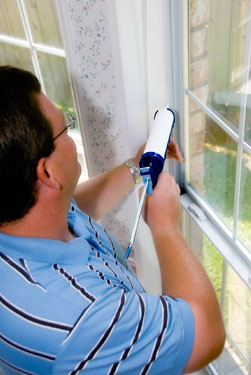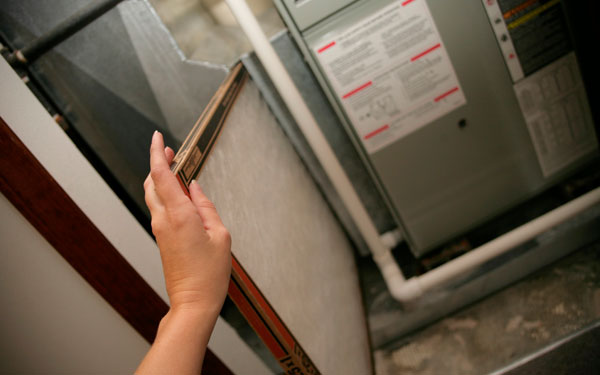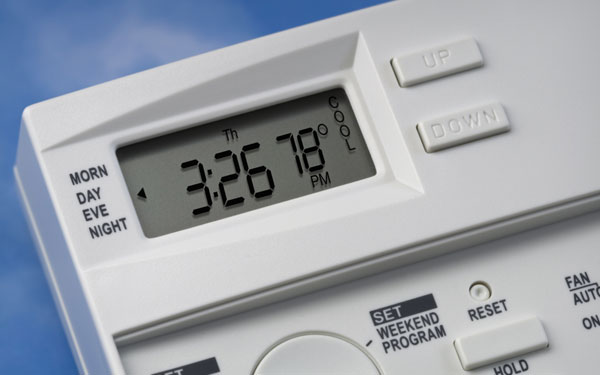 by Kimberly Blackford
by Kimberly Blackford
The cost of running a home day-to-day has not gotten any cheaper. From daily maintenance to gas, water and electric usage, families all over are paying closer attention than ever on how their home spends their income. As people try to live a life that is more efficient, there are ways to better economize your home so that it doesn’t drain you of every last penny. The top three culprits are: water, gas and electric.
Water
There are several ways to eliminate wasting water and minimizing water usage throughout your home. How often do you keep the water running while cleaning the dishes from dinner each night? Or, does the water continuously run while you brush your teeth? Being aware of your actions and making simple changes can really make a difference. Below are some tips for all around the house for keeping water usage at a minimum.
Check you faucets and pipes and make sure there are no leaks. Even the smallest drip can waste 20 gallons of water per day. So, imagine how much water is wasted with a large leak.
Resist the urge to use the toilet for a waste can or ashtray. Each time you flush a conventional toilet 5 to 7 gallons of water is wasted. So, be aware of how you dispose of items and learn to recycle when possible or toss in the trash instead.
Some other ways to greatly reduce water usage are taking shorter showers, turning off the sink when brushing your teeth, cleaning vegetables or rinsing dishes and only running your dishwasher and clothes washer when they are full. These easy and simple adjustments to your household routine will cut costs and save water without a blink of the eye.

Gas
No one likes to feel chilled in his or her own home, but some simple changes with your gas usage can really make a big difference when you get your monthly bill. So, set your thermostat as low as you can in the winter. For every degree you raise your thermostat setting, your gas bill rises 3%. So maybe wearing a cozy sweatshirt indoors to stay warm doesn’t sound so bad after all.
Also, clean or replace your air filter every three months or as needed in order to improve your system’s efficiency by as much as 10%. You can also consider adding extra caulking and weather stripping to exterior seams, cracks or openings of your home. Pay special attention to points where two different materials meet as well as around the window frames. Closing up these drafty spots will keep your home much warmer all throughout the winter.

One other idea is to close off rooms within your home that you don’t use. Shut the vents so all the warm air can be directed into other parts of your home that you do use on a daily basis.
Electric
One wise and inexpensive way to reduce the cost of your heating and air-conditioning bills is to install a digital thermostat. According to the Department of Energy you can save 10-15% of your heating and cooling bills annually by reducing the temperature by 10% for eight hours a day. That means while you’re at work drop your home’s temperature to 63 degrees and then have it programmed to increase to 70 degrees right before you get home. You will be saving money without any sacrifice in comfort.

Using fans all throughout your home will make your home feel cooler than it actually is. So, turn up a fan and let a brisk breeze blow through the rooms. You can also be sure to keep all your blinds or draperies closed to keep spaces cooler. Rooms warm up when direct sunlight filters into them, so to keep it cooler, shut the blinds especially on windows facing the west and south.
Other quick and easy electricity saving ideas include: using compact fluorescent light bulbs, plugging appliances into a power strip that can be turned off and buying Energy Star appliances.
Implementing all or some of these ideas will add money back into your pockets while still providing a comfortable environment for everyone in your home.
Here are some related articles:
Save this article to:
back to top